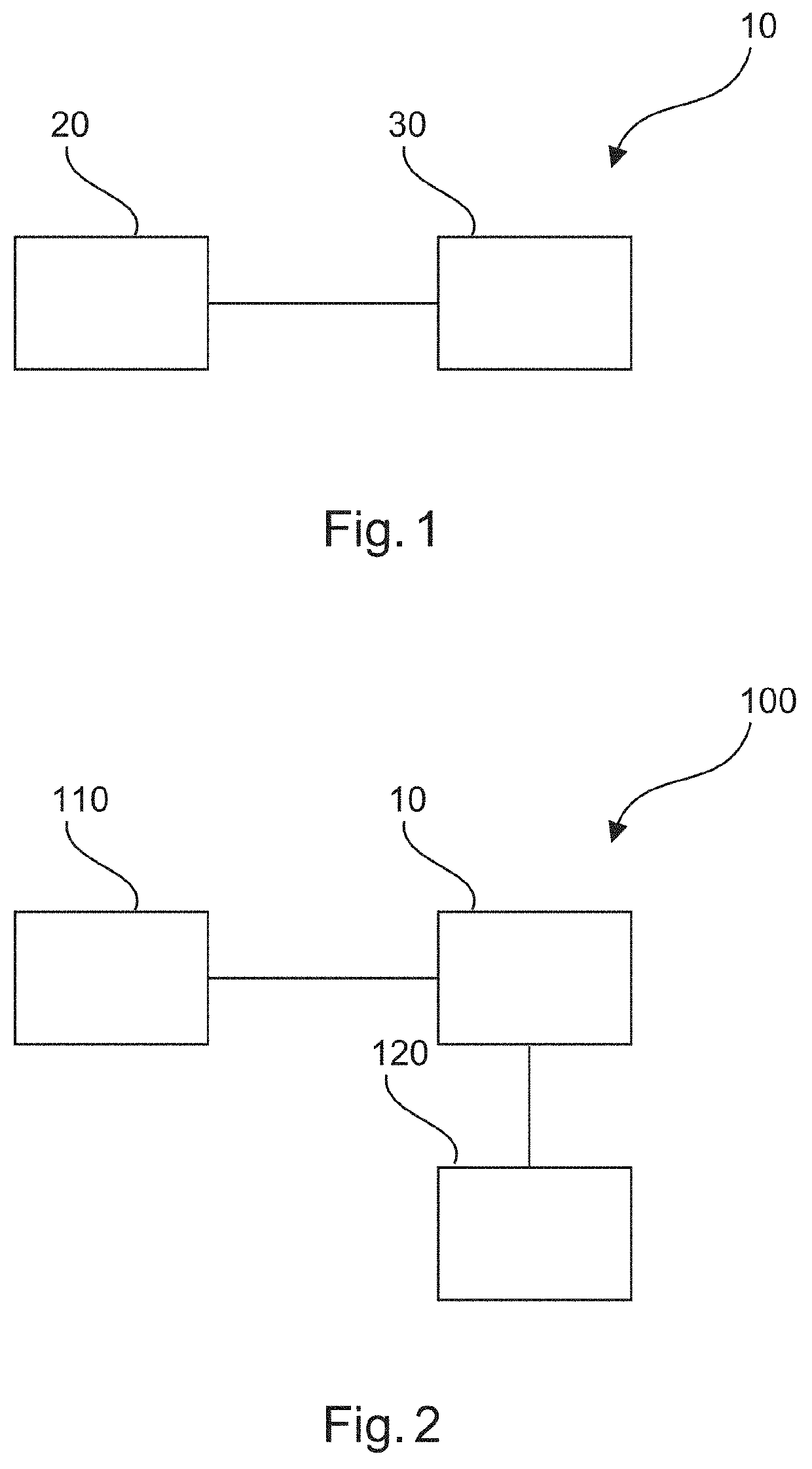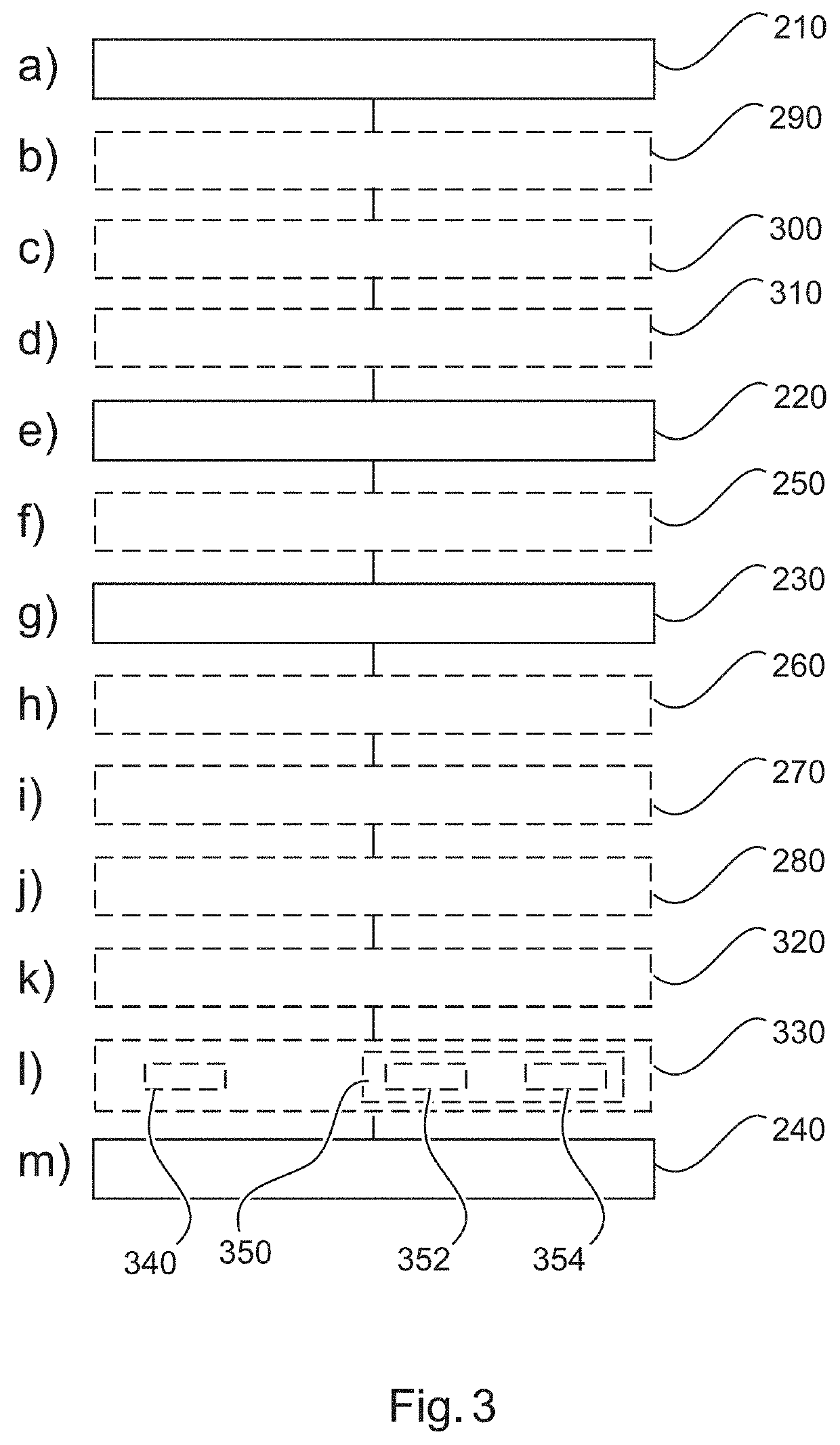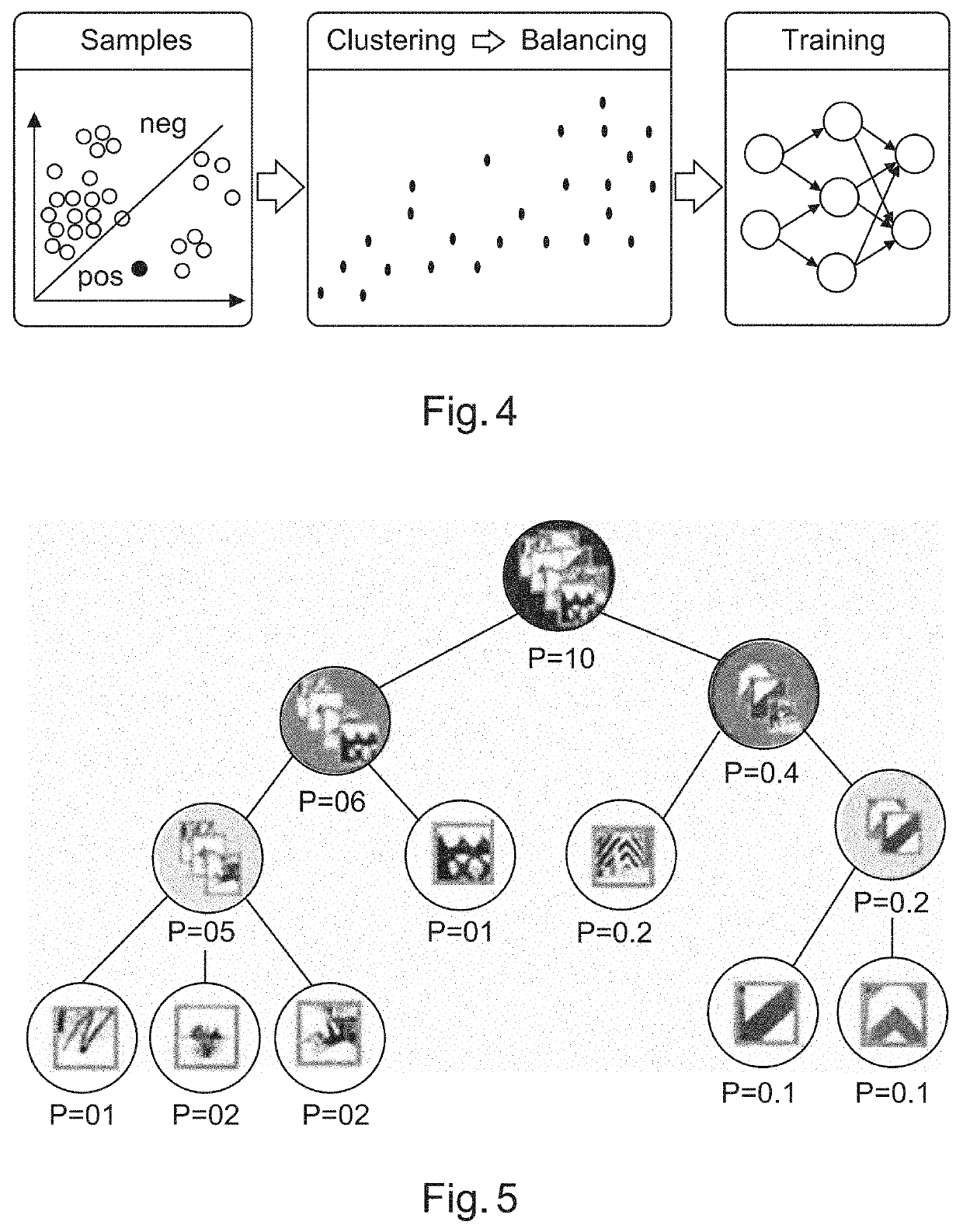Device for Classifying Data
a technology for classifying data and devices, applied in the field of classifying data, can solve problems such as poor detection and classification
- Summary
- Abstract
- Description
- Claims
- Application Information
AI Technical Summary
Benefits of technology
Problems solved by technology
Method used
Image
Examples
Embodiment Construction
[0051]FIG. 1 shows an example of a device 10 configured to classify data. The device comprises an input unit 20 and a processing unit 30. The input unit 20 is configured to provide the processing unit 30 with a plurality of data samples. The plurality of data samples comprises at least one test sample and comprises a plurality of positive samples and comprises a plurality of negative samples. Each of the positive samples has been determined to contain data relating to at least one object to be detected, and wherein each of the negative samples has been determined not to contain data relating to at least one object to be detected. The processing unit is configured to generate a first plurality of groups. The processing unit is also configured to populate each group of the first plurality of groups with a different at least one of the plurality of negative samples, wherein at least one of the group of the first plurality of groups contains at least two negative samples. The processing...
PUM
 Login to View More
Login to View More Abstract
Description
Claims
Application Information
 Login to View More
Login to View More - R&D
- Intellectual Property
- Life Sciences
- Materials
- Tech Scout
- Unparalleled Data Quality
- Higher Quality Content
- 60% Fewer Hallucinations
Browse by: Latest US Patents, China's latest patents, Technical Efficacy Thesaurus, Application Domain, Technology Topic, Popular Technical Reports.
© 2025 PatSnap. All rights reserved.Legal|Privacy policy|Modern Slavery Act Transparency Statement|Sitemap|About US| Contact US: help@patsnap.com



